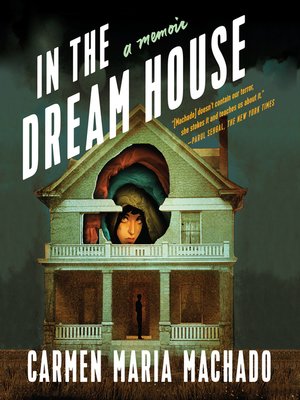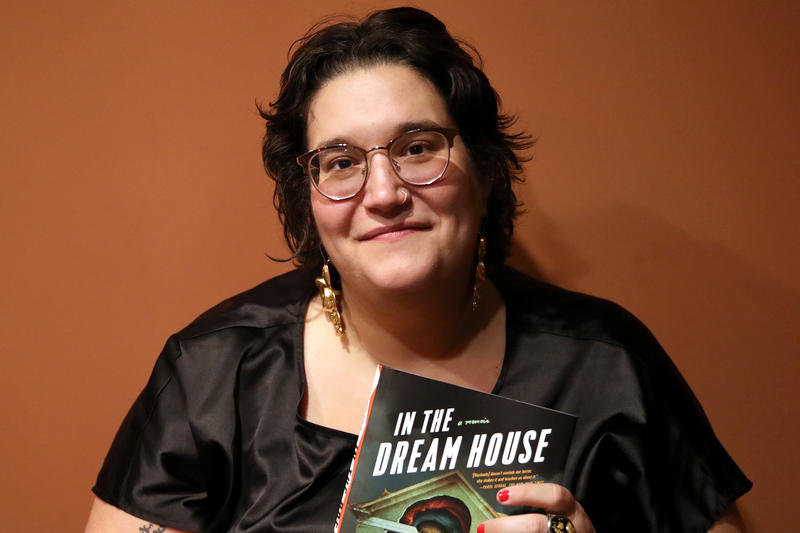
The teller of the tale and the character who experiences it are, in the conventional sense, the same individual––if they weren’t, it wouldn’t be a memoir. In any memoir, the person who tells the story is both the same as and different from the person that the story is about.

Machado plays with both of these genres in parts of In the Dream House, but I’m most interested in what that use of second-person narration says about the genre of the whole: the memoir, particularly the memoir of an abusive relationship. Starting from the section on page 14, “ Dream House as an Exercise in Point of View,” large stretches of this memoir are told in the second person, narrating the actions and feelings of a past self as “you.” It’s an unusual device: typically we categorize stories as narrated in either the first person (“I”) or the third person (“he/she/it”), and second-person narration seems like a gimmicky outlier, associated with either Oulipian-style experimental constraints (e.g., Italo Calvino’s If on a Winter’s Night a Traveler) or interactive game-fiction ( Dungeons and Dragons, or the Choose Your Own Adventure series).

The second distinctive feature of In the Dream House is its narrative point of view. The experimentation with genre also incidentally shows off Machado’s range as a writer, from experimental fiction and polemic essay to those under-respected kinds of writing that provoke a bodily response: suspense, erotica, horror. The collage of genres highlights how numbingly ubiquitous the abuse of women is to so many of our cultural stories, while also carving out space in the predominantly heterosexual imaginary of domestic violence for the relatively unacknowledged issue of abusive relationships between women. “Dream House as Inner Sanctum”) and mythic or folklore tropes (“ Dream House as Bluebeard,” “ Dream House as River Lethe”). Often these miniature chapters are named after different genres of narrative (“ Dream House as Noir,” “ Dream House as Stoner Comedy”), as well genres of space (e.g. The first is that this memoir is fractured into a series of short forays, usually just one or two pages, that approach the central story of an abusive lesbian relationship from different angles while relating its course in roughly chronological order. There are two distinctive formal features of Carmen Maria Machado’s In The Dream House: A Memoir that are apparent from early on.

A heads-up: This post, like Machado’s memoir, discusses intimate-partner abuse.


 0 kommentar(er)
0 kommentar(er)
